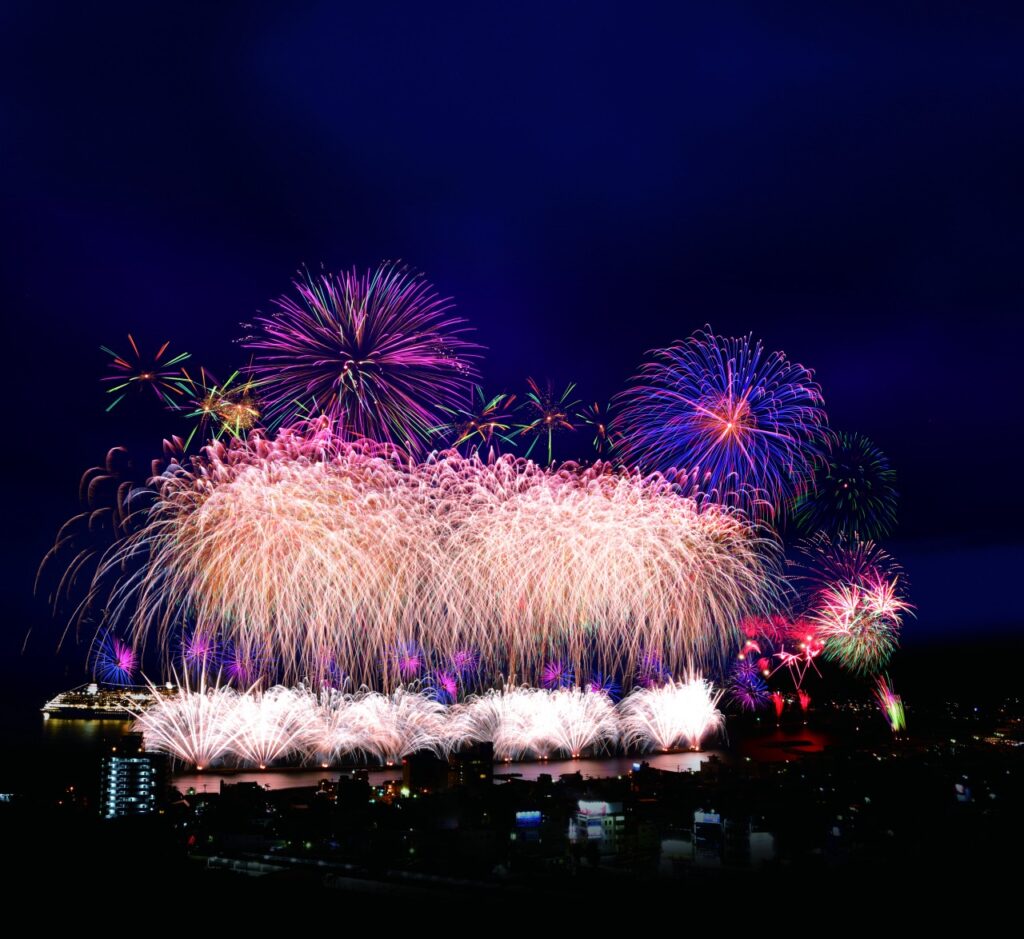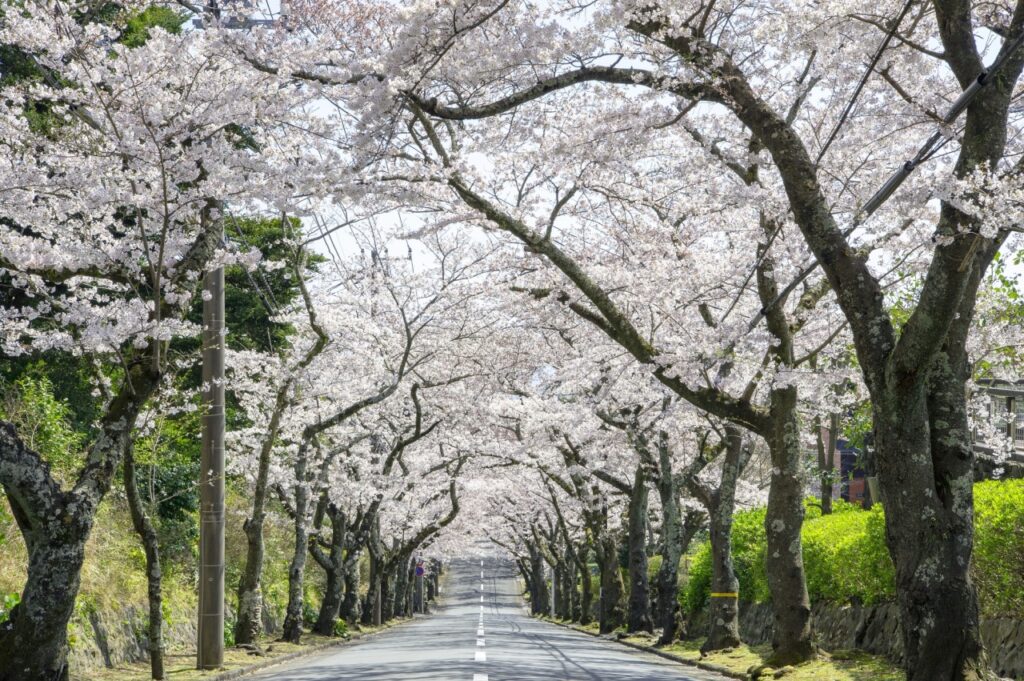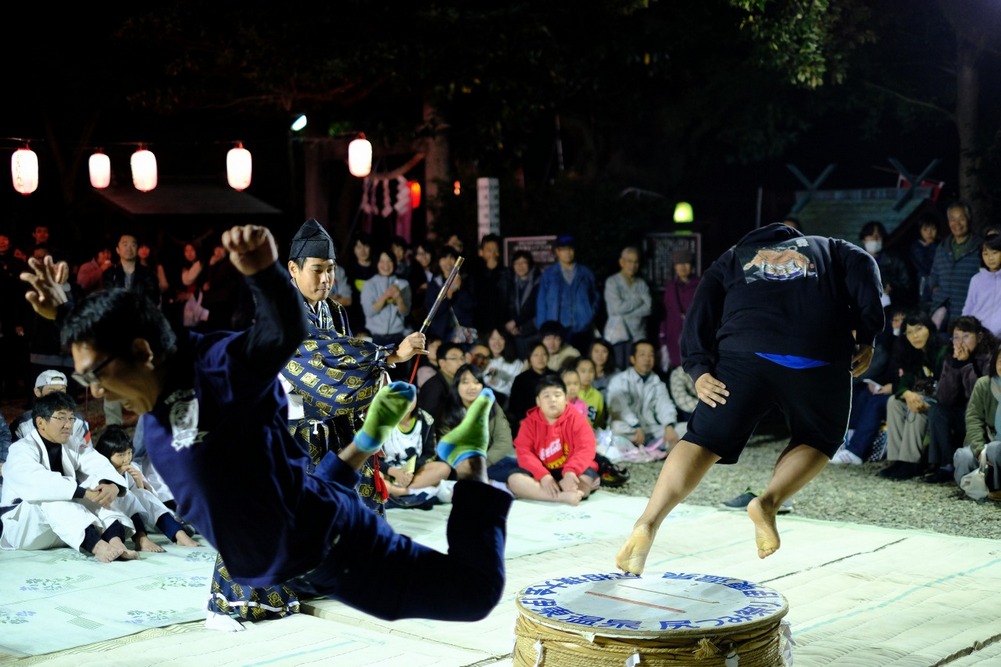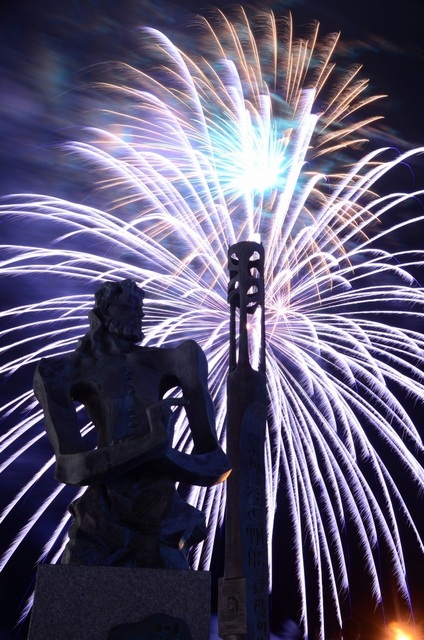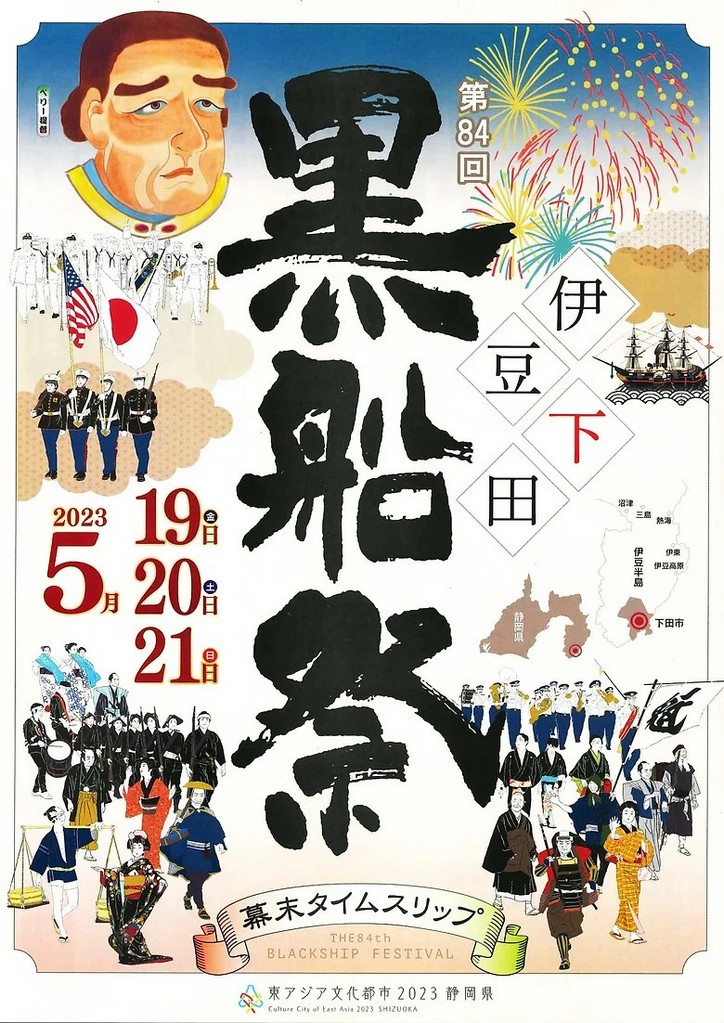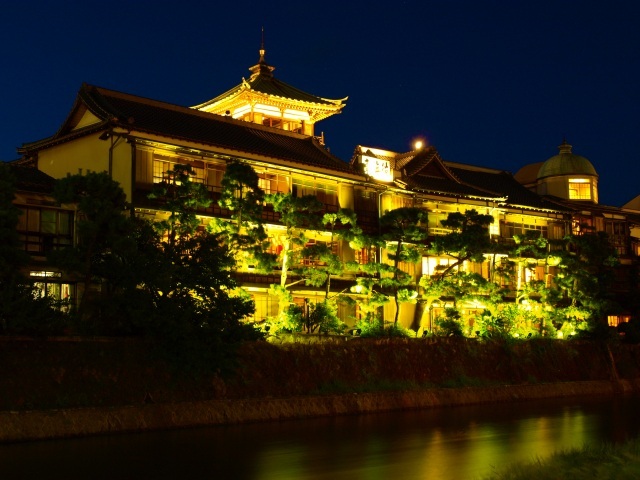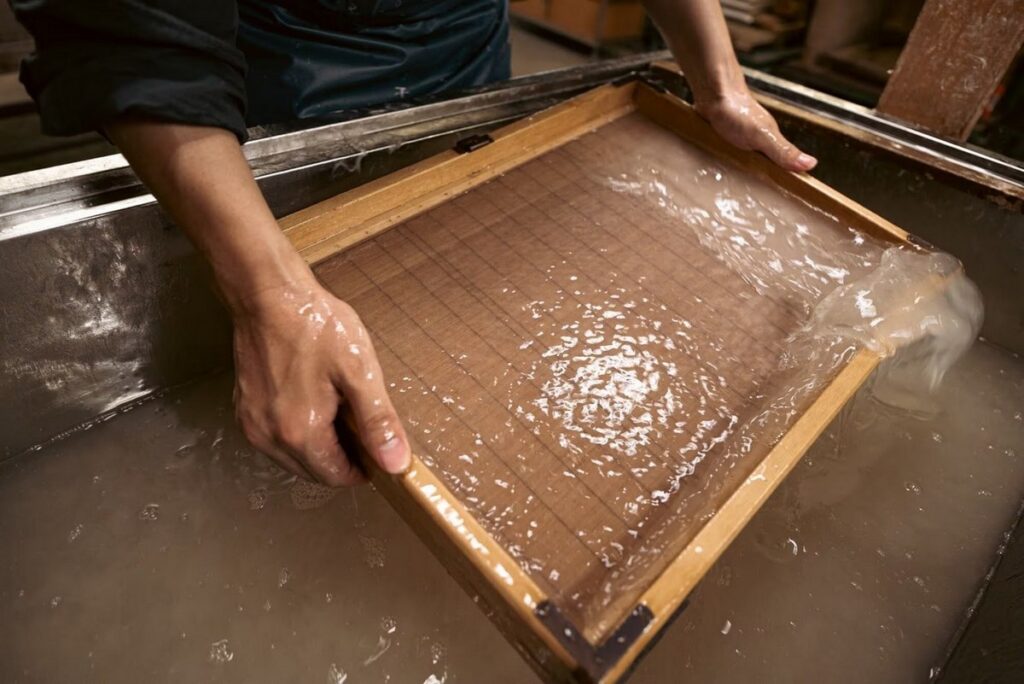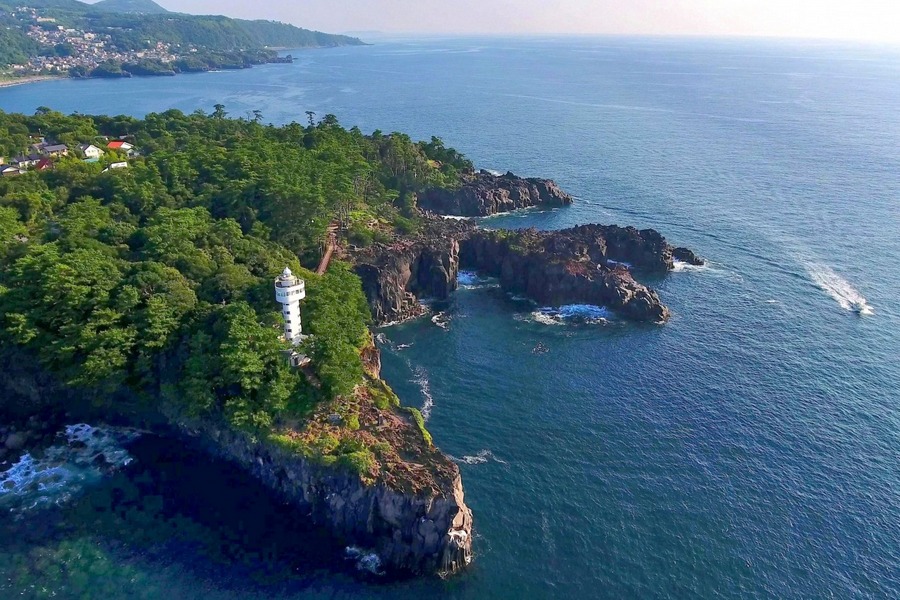Anjinsai – Ito’s Biggest Summer Festival
Japanese Summer Festival Summer festivals in Japan are some of the most enjoyable experiences for locals and tourists alike. Some of the biggest ones are the Gion Matsuri in Kyoto, the Awa Odori Matsuri in Tokushima, and the Nebuta Matsuri in Aomori. Just about every community in Japan, big or small, has a summer festival. […]
Anjinsai – Ito’s Biggest Summer Festival Read More »
